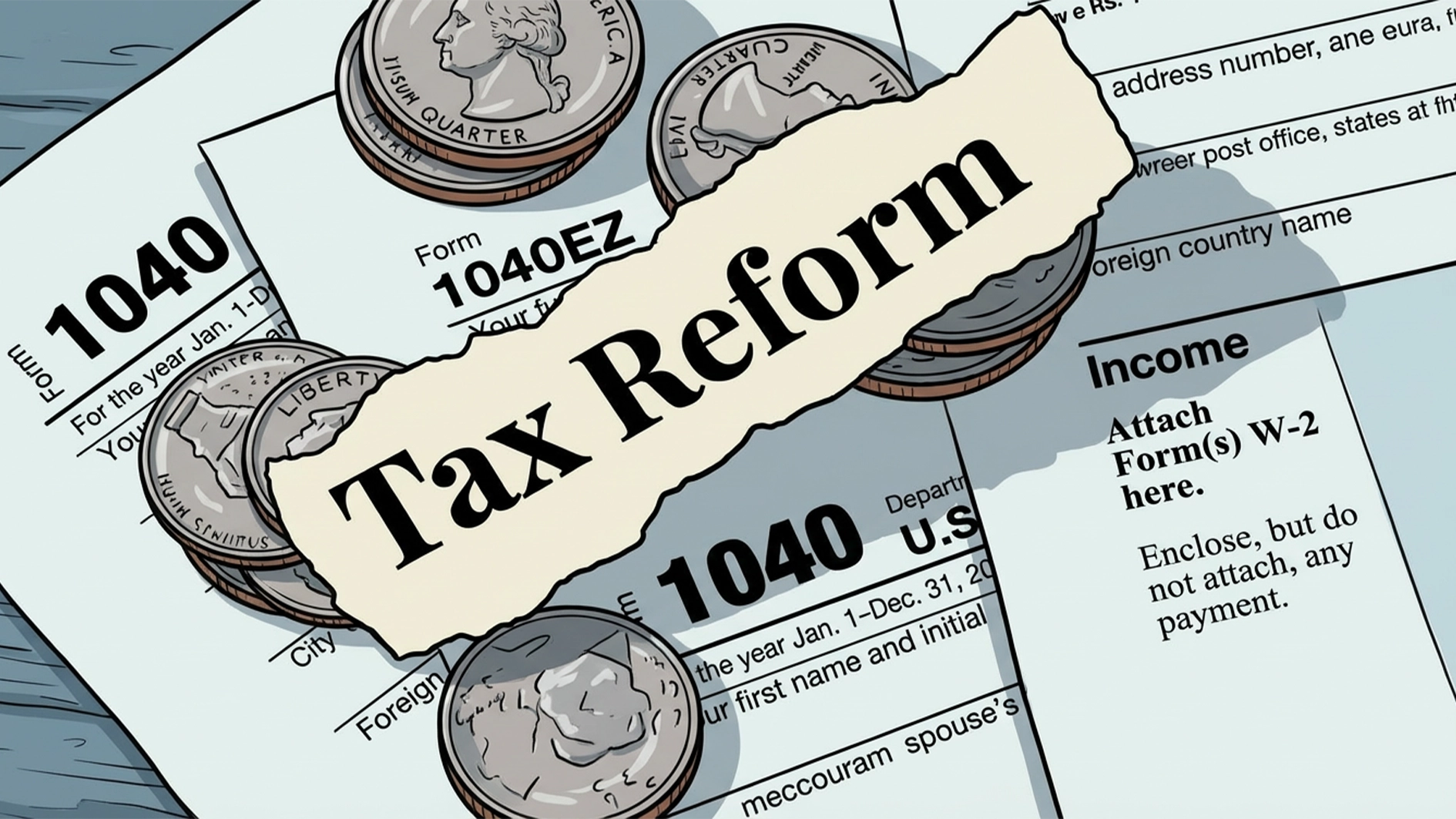According to Enerdata, “the share of renewables in the global power generation has increased by ten percentage points in the last decade to 30%”. This growth is primarily driven by the expansion of wind and solar energy across the world, as costs of wind and solar have also plummeted over the years.
Also, according to IRENA, renewables share of annual capacity expansion increased by about 95GW over 18 years to ~140 GW in 2019. It is safe to say that renewables, particularly wind and solar, have grown from being called impractical by skeptics to becoming essential and on the trajectory of becoming the dominant energy source.
At the fledgling stage of solar and wind energy, the major impediment to their adoption was the intermittency of the energy they generated due to the sun’s irradiance and variable wind speeds. The intermittency is poised as a challenge because electricity demand peaks in the early morning and evening when solar production is at its lowest, leading to a mismatch between what is generated and what is needed. In addition, there may also be a mismatch between what a wind turbine power plant generates and the demand due to variable wind speed, leading to either over or under-supply.
These challenges stood as a roadblock to rapid solar and wind adoption before the improvement in battery technology that allowed storage of the energy produced when production exceeds demands. The battery storage technology has, therefore been a catalyst for improving the development of utility-scale wind and solar energy.
Battery storage: A game changer?
The battery storage is a technology that allows power producers to store the excess energy generated when wind and solar are at their peak for later use. The electricity generated from the renewable source will be stored and then dissipated to the grid when it is needed. Lithium-ion batteries have also been the game changer in energy storage due to improved technological innovation, manufacturing capacity, and efficiency. These battery storage technology has also helped in ensuring grid stability and reliability.
The role of battery storage has also transcended beyond utility-scale wind and solar development; it has also helped small communities become energy-dependent by allowing communities to generate, store, and distribute their own power. Battery storage has also created enormous economic opportunities through mining, technological innovation, and recycling initiatives. The United States, for example, has been a leader in battery storage, with a cumulative battery storage capacity of 26.3 GW.
The need for continued investment in battery storage technology
Global electricity is projected to grow over the next three years by an average of 3.4% annually due to improving economic conditions and increasing manufacturing capabilities in emerging markets, with renewables set to provide more than one-third of total electricity generation. It is, therefore, imperative for more investments to flow into Battery storage technology as it has proven beyond reasonable doubt, its importance in grid stability and resilience, and it is also poised to help the world in achieving a sustainable energy future.
Abdulmalik Olajuwon Abdulraheem works as a financial controller at Vestas American Wind Technology Inc., the North American region of Vestas Wind Systems, the world’s leading wind turbine manufacturer.






